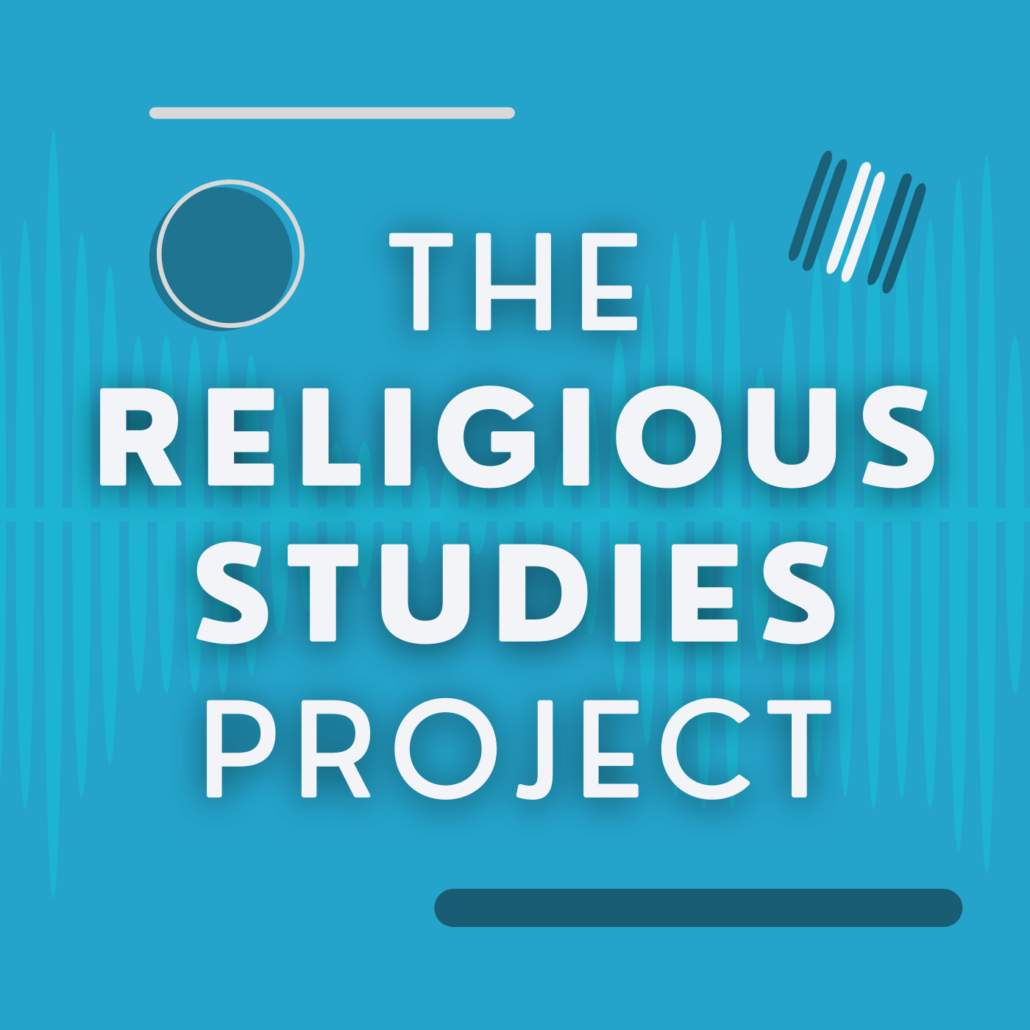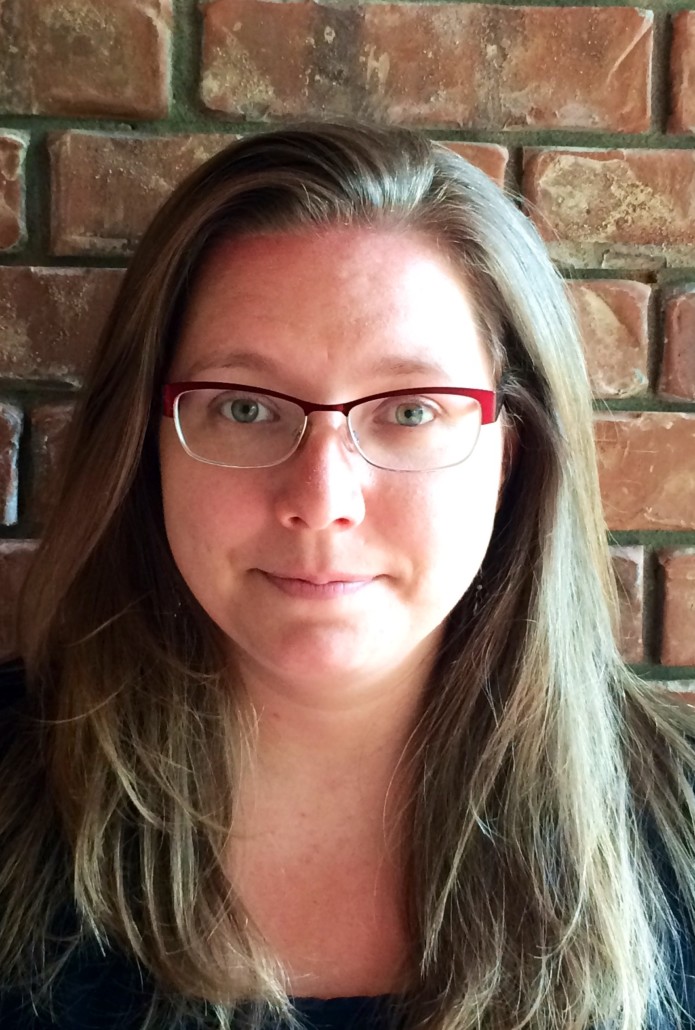Birgit Meyer’s interview with George Ioannides in the recently released Religious Studies Project podcast (6/30/2014) is a pedagogical tour de force. In this conversation, Meyer revisits and introduces anew some of the most urgent problems and questions that have animated the converging fields of visual culture, media, and the study of religion.
Meyer’s work has long been at the forefront of these ever-entangled interests, and in this interview, we hear her “digest” a wide range of theoretical ideas into an eminently clear précis on the study of material, visual, and sensory cultures of religion. Referencing numerous intellectual influences—from late nineteenth-century disciplinary “fathers” like Weber, Durkheim, Tylor, and Fraser to her twenty-first century colleagues in the broader study of religion and social theory, including the likes of Talal Asad, Bruno Latour, Jacques Rancière, David Morgan, Hent de Vries, Jeremy Stolow, Angela Zito, and Charles Taylor—Meyer explains that her robust theoretical digestion is part of a larger attempt to develop new, more wide-ranging methods and approaches for studying the surrounding world. But listeners will also quickly ascertain that Meyer does more than “digest” an otherwise pre-existing set of theories. That is, even as Meyer explicitly professes in this interview not to see herself as a theorist, I want to suggest in this brief response that she does indeed teach us how her own expert processing can—and should—also be understood as a form of propagation. Despite her own resistance to being named a theorist, I argue that her sensational mediation is a form of theory making, one which more students of religion should embrace.
Meyer’s interview showcases many of the admirable aspects we’ve come to expect of her work. She advocates an ever more historically mindful cultural anthropology in the study of religion, one that is aware of the Christonormative and colonialist heft that many of our concepts and modes of study carry. She argues for an approach that “understands religion as a multimedia phenomenon,” one that enables “a fuller research program” than emphases on texts and words have typically allowed for, and one that works to challenge, rather than reinscribe, colonial processes, seeking alternatives to, rather than repetitious critiques of, ”the proverbial Protestant bias.”[1] Likewise, Meyer’s ongoing commitment to the study of “lived religion” is evident in turning our attention to new scenes and sources that cannot be entirely divorced from their tense relations with Protestantism—from boundary encounters between missionaries and missionized populations on the west African coast to Jesus pictures circulating in this “frontier zone.”
If Meyer’s early work focused on language and translation as formative to the process of “bringing into being religious worlds,” she explains that her more recent concerns show that such a focus remains limited in understanding larger colonial power dynamics, particularly given late twentieth-century structural transformations frequently referred to as globalization and neoliberalism. Drawing on her fieldwork among Pentecostal communities in Ghana to work through such dense theoretical terms, Meyer points students and scholars of religion to interrogations of material objects, media forms, and the sensing body as they are invested and turned into vessels, receptors, and indexes of religious experience. Meyer explains that her concern is “not just about images and pictures; it is about regimes that structure vision in particular ways that are embedded in…dynamics of concealment and revelation…primarily through the eyes but, of course, also by regulating the senses, by focusing vision in a certain way, by relating vision, hearing, touch.” In so doing, she solicits scholars and students of religious studies to probe media forms and mediating processes that are authorized by other sensory regimes and structural reproductions. What repercussions do they have on particular sensations and on religious subjectivities, she asks. What preferences are suggested? What modes of sense-making or community formation are enabled and foreclosed?[2]
However, when asked about her advice for up-and-comers in religious studies and anthropology, Meyer pulls back from her own theorizing. Though she first points to the importance of “generating larger theoretical and self-reflexive questions,” and confirms that “theory is incredibly important,” she also counsels students to “find…the themes that you want to think about, find them in the world,” because, she worries, too often scholars “just take one or the other approach or philosopher and then rethink…our world from there.” Hers is a familiar point, one easily taken with an uncritical nod. Yet, I want to pause here to note how Meyer elides what she has already done so well. “I don’t see myself as a theorist,” she says, “but I see myself as someone who tries to digest theory in order to develop methodologies and approaches to throw new light and develop new perspectives on the world of which we are a part, and which is around us.” My response is not to suggest that I do not admire or want to affirm Meyer’s proposal for new approaches in studying the “stuff” of religion. On the contrary, I do. For, Meyer has ably initiated important study of new data sets and geographic locales, but what is perhaps most valuable in her scholarly selections and analytical studies is not so much their ability to fill in otherwise existing descriptive gaps, but how they can (and have) shifted our thinking and practices—for, as Meyer herself explains, such empirical and theoretical alternatives are crucial to “a reconsideration of our concept of religion.”
In this interview, Meyer most provocatively advances such theoretical reconsiderations in her treatment of the fetish as a “hybrid term” associated ambivalently with the distinction between animate and inanimate, subject and object, humans and things. This “sensational form” was also to become, for missionary forces and for scholars of religion, both a marker of western rationality and its ostensible opposite—the heathen, antimodern, neurotic, primitive, or mystified. The fetish materializes, for Meyer, a notion of religion as a practice of mediation—of producing, traversing, and authorizing distinctions amid the “scandalous mixing” of good and bad religion, of person and thing, of a mundane world and an other world, and thereby also both maintaining and crossing the gap of sensible and seemingly insensible “presence.” Countering claims that religion itself is somehow immediate or un-mediated, Meyer explains through her re-visioning of the fetish how religion is the mediating work of fabricating, traversing, authorizing, and remaking those differentiations, those “gaps.”
It is for all this that I think Meyer’s own theorizing, her own mediating work, her own making-sense of things and thoughts, is far too quickly de-authorized in her dissociation from the mantle (or the altar) of “theorist” at the end of this recorded conversation. Meyer’s move away from her own theorizing, from her own philosophizing, leaves me with questions about her theory of “theory.” Given her explicit recommendation for finding themes and topics of study based on one’s curiosity “in the world,” I wonder if Meyer presumes theory to be largely removed from the world, somehow too external, even transcendental, as opposed to, well, what? To immanent critique? To (inter)mediated analysis? Likewise, in contrast to her professed interest in a rigorously interrogative approach, does Meyer find theory to be somehow centrally declarative? Maybe she presumes it to be largely stationary versus the apparent boundary crossing of interdisciplinary innovation she invokes in methodological terms? Or is theory, for her, somehow singular in comparison with the multiplicity of methods and media she advocates? Does Meyer presume theory somehow too much like the missionary conception of the fetish and not enough like her own reconceiving of that sensational form?
Perhaps. Yet, I still think Meyer’s own emphasis on mediation challenges any easy affirmation of such theoretical presumptions of “theory” as removed, disembodied, inanimate, singular, or mystifying. Like her study and—yes, I want to insist—theorizing of religion and/as mediation through her handling of the fetish, I want to propose that Meyer’s seemingly didactic assemblage in this interview is also a more audacious theoretical working and reworking than she otherwise appears to acknowledge or wants to entertain herself. And, if it is (and I think it is), might then religious studies students and scholars endeavor to re-view what “in the world” theory is? Might we begin to theorize again and anew as sensationally as Meyer has begun to teach us here?
[1] Describing the links between textual/linguistic analysis and colonialism and advocating for a rethinking of how scholars continue to relate to such processes in disciplinary formations and specializations in the so-called book religions of, namely, the Abrahamic traditions, Meyer also suspects that scholars “explicitly working on book religion also tend…to affirm certain processes of colonization as they also occur within disciplines.” She thus implies that a focus on religion as multiply mediated can help reduce such tendencies by putting such emphases on texts/language into perspective. Gaining new perspectives seems almost always to the good, and Meyer’s suggestion about seeing texts themselves as objects and as one medium among others is warranted and welcome. Nevertheless, I think it remains somewhat less clear why we should suspect that those studying “book religions” would necessarily have more of a tendency to reinscribe colonial practices. It seems to me that finding a place “outside” such suspect disciplining (if there even is such a place, and I’m not sure Meyer thinks there is either) needn’t be the only way to challenge a history of colonialism—particularly if one recognizes immanent critique as valuable, if not entirely transformative nor apocalyptically revolutionary.
[2] Meyer is joined by a growing array of scholars with similar concerns, asking related questions. See, for example, a series of articles and a forum on “The Senses in History,” edited by Martin Jay in The American Historical Review, vol. 116, no. 2 (April 2011), and the recently published anthology, Sensational Religion: Sensory Cultures in Material Practice, edited by Sally M. Promey (Yale University Press, 2014).



